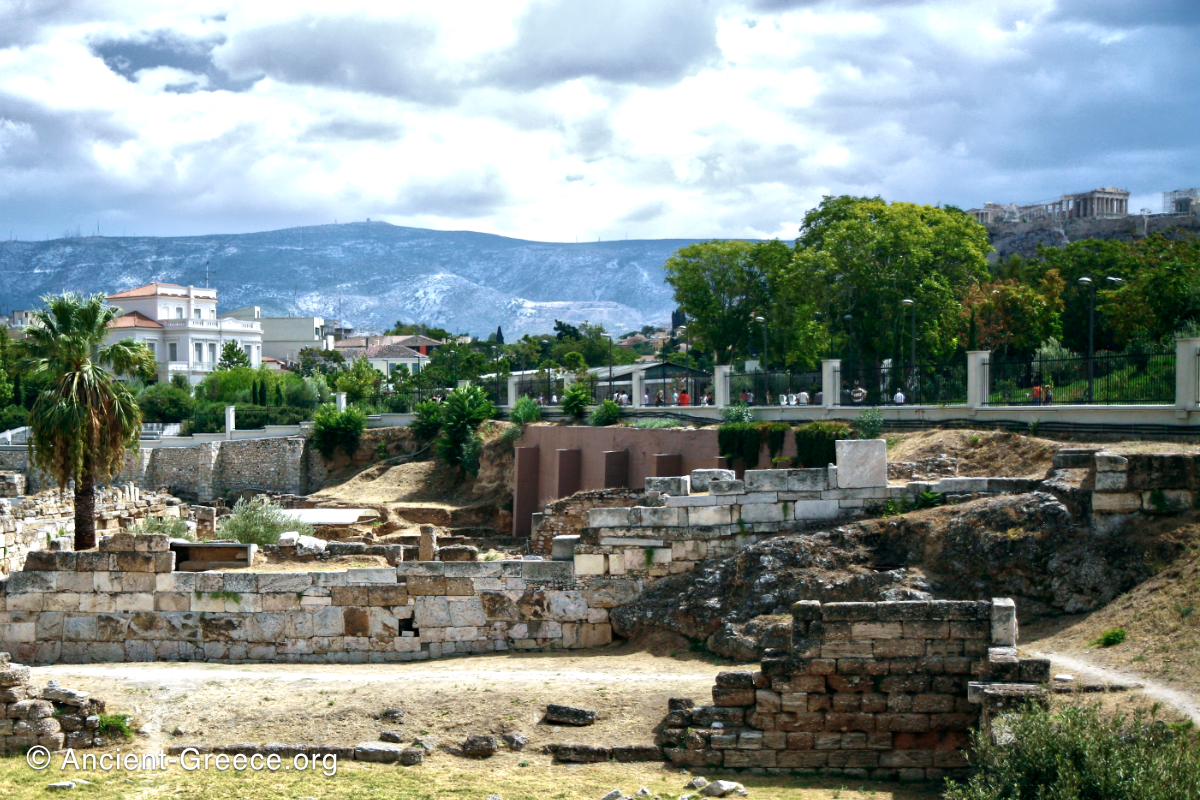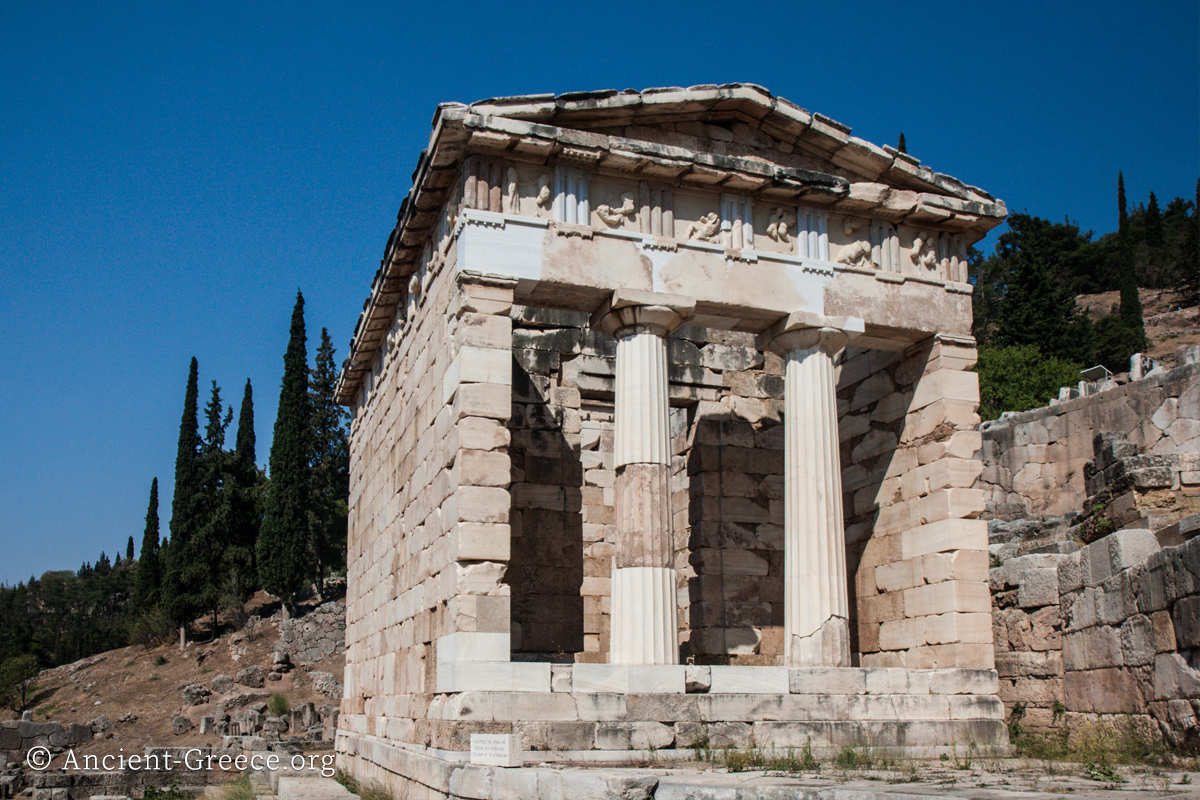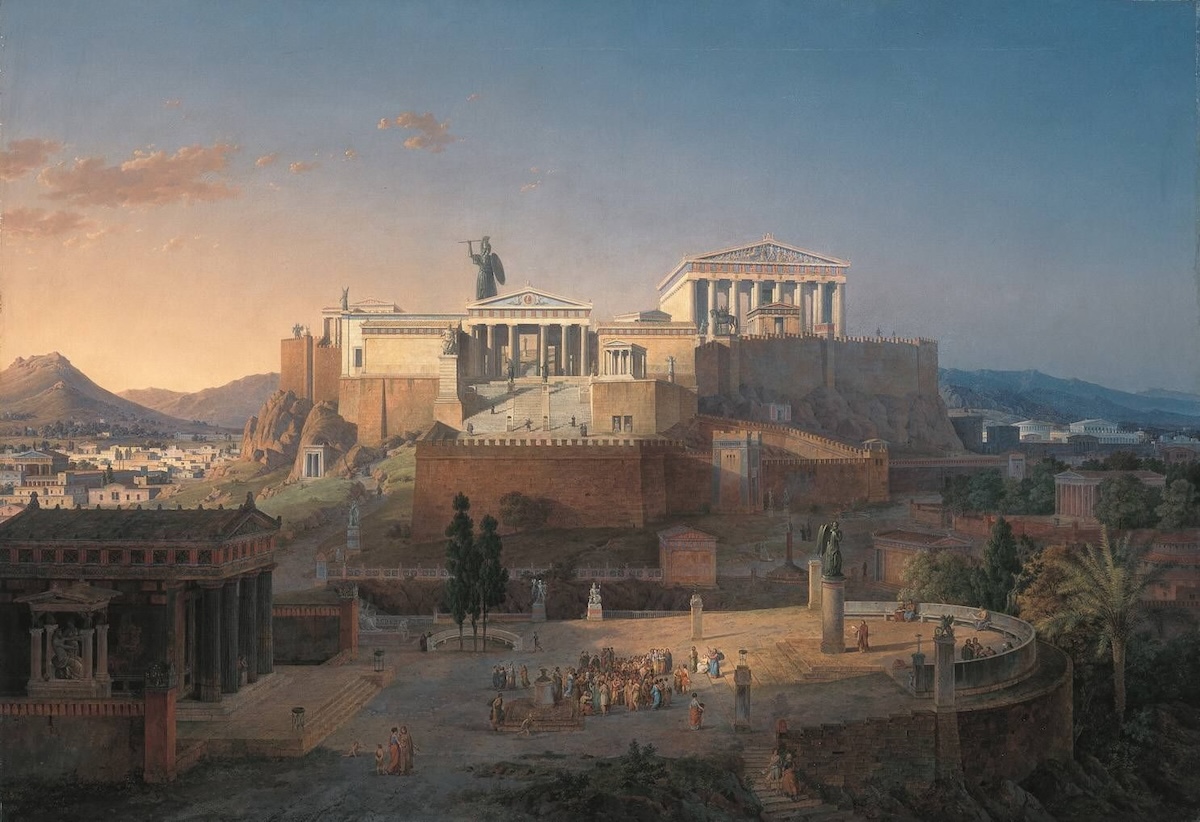Athens
-

Acropolis Archaeological Site
Read more: Acropolis Archaeological SiteThe Acropolis (Ακρόπολις) archaeological site includes monuments and artifacts going back at least to the Mycenaean era. In its 3000 years old history, the Acropolis of Athens has enjoyed a significant position both in the history to its…
-

Agora of Athens Archaeological Site
Read more: Agora of Athens Archaeological SiteThe Agora (Αγορά) of Athens today is an archaeological site located beneath the northwest slope of the Acropolis. The word “agora” applies to an assembly of people and by extend marks the gathering place. In modern Greek the term…
-

Kerameikos Archaeological Site
Read more: Kerameikos Archaeological SiteKerameikos (Κεραμεικός, Ceramicus) is the area of ancient Athens where the potters had their workshops. The English word “ceramics” derives from this area. Today, Kerameikos is an important archaeological site northwest of the Agora and the Acropolis. It…
-

Temple of Hephaestus
Read more: Temple of HephaestusἩφαιστεῖον. Also transliterated as: Hephaisteion, Hephaesteion The temple of Hephestus (or Thesion) crowns a low hill in the Northwest end of the Agora. It is one of the best preserved Doric temples of the classical period. History It…
-

Treasury of the Athenians
Read more: Treasury of the AtheniansThe Athenian Treasury was a votive building in the form of a reduced scale temple, designed to hold the multitude of Athenian offerings to the Delphi oracle. The building was constructed entirely of Parian marble and had a…
-

Agora of Athens History
Read more: Agora of Athens HistoryPrehistory to Iron Age The Agora of Athens has been in use since the late Neolithic era, and it was used as a cemetery during the Mycenaean and the later Iron Ages. Excavations have unearthed around 50 tholos…
-

History of the Acropolis
Read more: History of the AcropolisGeology & Geography The Acropolis rock is part of a Late Cretaceous limestone ridge (Higgins, 29) that cuts through the Attica plateau in the northeast to the southwest axis and includes the Likavitos hill, the Philopappos (Museum) hill,…


